UN General Assembly & Climate Week NYC with Kerry Bannigan
We spoke with Kerry Bannigan, whose work has helped redefine the relationship between fashion, sustainability, and social impact. She shares how initiatives such as the Conscious Fashion Campaign and the United Nations Fashion and Lifestyle Network are driving systemic change and inspiring a more inclusive future for the industry.
Dr. Christina Dean, Jann Bungcaras, Kerry Bannigan, Damini Mittai and Izzy Li Kostrzewa
To start us off, I’d love to go back to the beginning. What first inspired you to see fashion not just as an industry, but as a force for social good and sustainability?
In my early career producing runway shows during New York Fashion Week, I witnessed firsthand the immense influence of fashion and its ability to employ millions, shape culture and drive consumption. That power demands responsibility. Behind the glamour, I saw how little attention was given to what brands stood for beyond trends or how their choices affected people and the planet. I realized I did not want to contribute to the fast fashion cycle that prioritized speed and excess over integrity, but instead help reimagine fashion as a force for good through ethical supply chains, responsible material use, circular design, and thoughtful end-of-life innovation. I came to understand that when we amplify women’s voices, invest in grassroots artisans, and use design to champion environmental stewardship, fashion becomes a driver of social progress. That realization shaped the foundation of my work bridging fashion, media, and diplomacy to advance sustainability on a global scale.
Was there a pivotal moment in your career that led you toward global advocacy and eventually co-founding the United Nations Fashion and Lifestyle Network?
A pivotal moment came when I realized that awareness alone would not create the systemic change fashion needed. Early in my career, I co-founded a platform that gave independent designers global visibility, and through that work I saw the power of creativity to drive inclusive growth and opportunity. In 2018, I launched the Conscious Fashion Campaign with the United Nations Office for Partnerships to engage major fashion event platforms to accelerate industry action for sustainable development.
From 2018 to 2021, through advocacy, education, and engagement, the campaign represented more than 800 events in 40 countries, convening 12.2 million attendees and 136,000 exhibiting businesses. Partners included Informa Markets, Kingpins Show, Messe Frankfurt Texpertise, Pure London, and Transformers Education, with media coverage in Business of Fashion, CNBC, Drapers, Forbes, Teen Vogue, Vice, Vogue Italia, and WWD. As the campaign gained global momentum, stakeholders articulated the need for a centralized platform to further engagement, exchange best practices, and convene at high-level United Nations activations. This became the blueprint for the United Nations Fashion and Lifestyle Network launched in 2021, an online platform hosted by the United Nations that plays a key role in advancing sustainable development by connecting industry leaders, media, governments, and UN entities.
As President of the Board at PVBLIC Foundation, what experiences most prepared you for building large-scale partnerships between the private sector and the United Nations?
My work has always centered on building bridges between creativity, capital, and purpose. Early on, producing global campaigns and convenings taught me how to translate ideas into scalable partnerships. Founding initiatives that connected fashion and media to the United Nations system deepened my understanding of how cross-sector collaboration can drive measurable impact. At PVBLIC Foundation, we apply that same philosophy by leveraging media, data, and technology to unite governments, private enterprise, and civil society around sustainable development. My experience navigating both the storytelling power of industry and the policy frameworks of diplomacy prepared me to align partners with a shared vision for systemic, sustainable change.
FASHION IMPACT FUND ORIGINS & VISION
What was the inspiration behind launching the Fashion Impact Fund, and what role did you envision it playing in transforming the industry?
After years of advocacy through campaigns and convenings, it became clear that we needed to move from conversation to capitalization by directly supporting the women led enterprises driving sustainability at the grassroots level. The fund was created to distribute resources toward those transforming the industry from within, who are proving that fashion can advance gender equality, economic empowerment, and environmental sustainability. I envision it as a catalyst for systemic change, investing in innovation, education, and inclusion.
What challenges did you face in creating the Fund, and what have been some of the most rewarding successes to date?
Establishing the Fashion Impact Fund required changing long held perceptions about how progress is financed in fashion. We needed to show that directing resources toward women-led, grassroots initiatives is not an act of charity but an investment in the systems that will define a sustainable future. Among the most rewarding outcomes has been supporting visionary female social entrepreneurs such as Remake, Saheli Women and Custom Collaborative, whose leadership demonstrates how localized action can drive global transformation by integrating creativity with social change and economic development. Their achievements, from empowering artisan collectives, scaling regenerative materials or advancing fair labour standards, demonstrate the fund’s multiplier effect.
How does the Fund empower women-led and grassroots initiatives? And how do you see that influence reaching major industry players?
The Fashion Impact Fund empowers women-led and grassroots fashion initiatives by investing in workforce development programs that provide skills training, mentorship and unrestricted grants so women can build sustainable livelihoods, achieve financial independence, and take on leadership roles in the industry. By elevating these changemakers and showcasing their tangible impact, the fund demonstrates that investing in equity and purpose is both a moral responsibility and a strategic advantage. When women have the resources and voice to shape their communities, one can hope that stakeholders should be inspired to adopt more inclusive and regenerative practices.
“By elevating these changemakers and showcasing their tangible impact, the fund demonstrates that investing in equity and purpose is both a moral responsibility and a strategic advantage. ”
UN FASHION & LIFESTYLE NETWORK IMPACT
How does the United Nations Fashion and Lifestyle Network create meaningful bridges between the fashion industry and UN policymakers to accelerate the SDGs?
The United Nations Fashion and Lifestyle Network creates meaningful bridges between industry leaders, institutions, and changemakers to align creative innovation with sustainable development. Through high-level convenings, strategic partnerships, and shared learning, the Network creates space for brands, governments, and UN entities to collaborate on issues such as circularity, gender equality, and responsible consumption. By connecting industry voices directly with multilateral decision-makers, the Network fosters shared accountability, encourages measurable progress, and demonstrates how creative industries can drive sustainable development at scale.
With Climate Week NYC emphasizing urgent climate action, what role do you see fashion and lifestyle industries playing in advancing climate solutions at scale?
Fashion produces an estimated 8% of global greenhouse gas emissions and contributes to ocean microplastic pollution (the-european.eu). During Climate Week NYC and UNGA, we emphasise that the sector’s scale can either exacerbate or mitigate climate risks. Designers and brands must shift from linear “take‑make‑waste” models to circular systems, investing in regenerative materials, longer‑lasting designs and buy‑back programs (wwd.com). With our network of over 380 members across 139 countries (wwd.com), we facilitate collaborations that harness science, data and indigenous knowledge to develop scalable climate solutions. The sector can also influence consumer behaviour and culture, making climate-friendly choices aspirational and mainstream, as Lindita Xhaferi-Salihu from UN Climate Change reminds us, “The biggest renewable energy there is, is fashion creativity.”
What innovations or collaborations emerging from the Network most inspire you as examples of driving systemic change?
Network members like Econock advance traceable circular supply chains, while Ecopel pioneers bio-based faux fur as an animal-free, nature-driven alternative for the luxury industry. Another great example is the Swarovski Waterschool who connects youth worldwide to advance water stewardship and sustainability. I am particularly inspired by the work of Saheli Women, an ethical fashion social enterprise that is a grantee of the Fashion Impact Fund and artisan collective based in Bhikamkor, Rajasthan, that provides fair employment, education, and healthcare to rural women while preserving traditional craftsmanship, as well as by the Kaylia Couture program in Grenada, which empowers local designers and artisans through sustainable production, skills training, and cultural preservation. Together, initiatives like Saheli Women and Kaylia Couture embody how creativity, cultural heritage, and equity can intersect to drive systemic change and foster a more inclusive global fashion economy.
“Cross-sector partnerships can inspire a new generation to see fashion as a force for change, one that can reimagine even the most traditional symbols through the lens of sustainability.”
Many supply chains are rooted in the Global South. How is the Network working to ensure equity, fair labor, and inclusive growth for those communities?
The Network recognizes that the Global South sits at the heart of global production systems, yet too often bears the greatest environmental and social burdens with the least economic return. Our work is focused on shifting that balance toward equity and shared prosperity. Through our convening power, the Network brings together industry leaders, governments, and civil society to advance fair wages, gender equality, and safe working conditions while amplifying local voices, especially women entrepreneurs and small producers. Our network amplifies members such as The Revival in Ghana, which transforms global textile waste into education, art and jobs, Humana in Zimbabwe, which promotes circularity through clothing collection and reuse that supports livelihoods worldwide, Caxacori Studio in Peru, partners with Amazonian communities to create bio-leather and footwear from sustainably harvested shiringa latex, supporting forest livelihoods while protecting the Amazon, and The Loom Art from India, which preserves artisanal craftsmanship through hand embroidery and slow, ethical production. Ultimately, the Network serves as a bridge linking the creative and economic potential of the Global South with the global collaboration needed to ensure inclusive, resilient, and dignified growth for all.
The Network emphasizes cross-sector partnerships. Could you share an example where collaboration between governments, industry, and UN entities has led to tangible progress?
Partnerships become meaningful when they move from conversation to creation. One of my favorite examples of this in action is the development of the new United Nations Tour Guide uniforms. What makes this project special is how it brought together so many worlds that don’t often intersect, the United Nations, academia, and the fashion industry, around a shared vision of sustainability and inclusion.
The initiative was supported by the UN Office for Partnerships, the UN Department of Global Communications and contributions from Sofia Hedström de Leo, an advisory board member of the UN's Fashion and Lifestyle Network, and was funded by the Government of Sweden, the University of Borås, and the Paul Frankenius Foundation for the Swedish University of Fashion & Textiles. Students were challenged to design uniforms that reflect the UN’s values while embracing circular design, gender inclusivity, and responsible production. The result is more than just a uniform; it is a statement of what collaboration can achieve when creativity meets purpose. For me, this project captures the essence of the Network’s mission to connect institutions and stakeholders to make sustainable fashion not only aspirational but tangible. It shows how cross-sector partnerships can inspire a new generation to see fashion as a force for change, one that can reimagine even the most traditional symbols through the lens of sustainability.
NY CLIMATE WEEK ANCHORS
During UNGA and NY Climate Week, the Network is hosting panels across global platforms. Which conversations do you hope will spark the biggest ripple effects?
I hope the biggest ripple effects come from conversations that bridge innovation, heritage, and circularity. At the United Nations General Assembly, our session on the global circular economy, featuring Vestiaire Collective, Redeux Style, Mara Hoffman, and UN Climate Change, demonstrated how rethinking the value chain can transform how garments are designed, worn, and passed on. Equally impactful was our session during the Cumbre de Impacto Iberoamericano, where artisans and designers from across Latin America highlighted how education can preserve and reimagine traditional craftsmanship. Speakers included Journalist Monica Fonseca; Yasmin Sabet, Founder, Mola Sasa and network member Manuela Alvarez, Creative Director of MAZ, who emphasized that by integrating heritage skills into learning systems, we can empower new generations, safeguard cultural identity, and adapt artisanal knowledge to contemporary markets. Additionally, the Network hosted a panel during PVBLIC Foundation’s Partnership Day featuring Princess Jahnavi Kumari Mewar, Founder & Chairperson, Power of Policy; Shannen-Kaylia Henry, Executive Director, Kaylia Group; Founder, Council of Sustainable Fashion Designers of Grenada and Marilin Tammsaar, Fashion Executive. The discussion highlighted how education, cultural heritage, and soft power can strengthen communities and economies worldwide.
Together, these conversations create ripple effects that extend far beyond the stage, shifting mindsets, inspiring collaboration, and influencing how governments, brands, and communities approach sustainability. By connecting cultural heritage with innovation and education, they help build a more inclusive and regenerative fashion ecosystem that can transform both local livelihoods and global systems.
“These collaborations often lead to tangible outcomes such as new circularity initiatives, educational programs, or pilot projects that test sustainable business models.”
How do high-level gatherings like NY Climate Week help translate dialogue into tangible action within fashion and lifestyle industries?
High-level gatherings like NY Climate Week play a crucial role in connecting vision with implementation within the fashion and lifestyle industries. They bring together leaders who rarely share the same space, including CEOs, policymakers, investors, and changemakers, and create an environment where effective partnerships can form. In these settings, dialogue evolves into collaboration as governments outline enabling policies, the private sector contributes innovation and resources, and creative industries shape culture and consumer awareness.
For the United Nations Fashion and Lifestyle Network, such gatherings are not just opportunities for discussion but catalysts for cooperation. When diverse stakeholders meet in person, they establish trust, identify shared priorities, and build partnerships that continue well beyond the event itself. These collaborations often lead to tangible outcomes such as new circularity initiatives, educational programs, or pilot projects that test sustainable business models.
CULTURE, CONSUMERS, & NEXT GENERATION
How can consumer behavior and cultural shifts influence industry stakeholders to align more quickly with sustainability goals?
Consumers hold tremendous power. When people demand transparency, challenge unfair practices and celebrate sustainable brands, companies respond. Cultural movements that centre sustainability and inclusivity push the fashion industry to align with sustainable development. Through the UN Fashion and Lifestyle Network, we showcase initiatives that make ethical choices aspirational and accessible. We also encourage media platforms and influencers to normalise second‑hand shopping, repair, and cultural appreciation over appropriation. By shifting culture, consumers can accelerate the pace at which industry stakeholders adopt responsible practices.
How are young designers, entrepreneurs, and advocates being engaged within the Network to shape the future of fashion and lifestyle industries?
Young designers, entrepreneurs and advocates are central to shaping the Network’s vision for a more responsible fashion and lifestyle industry. Advocates such as Thania Peck and Saad Amer amplify the work of our members by using their platforms to champion sustainability, inclusivity and systemic change. By hosting discussions such as the one led by Redress Founder, and Network member, Dr Christina Dean, we spotlight emerging leaders including Damini Mittai, Founder and Designer, Koaka Collective; Jann Christian Lim Bungcaras, Founder, Creative Director and Designer; Jann Bungcaras Fashion House and Isabella Li Kostrzewa, Artist, Isaboko whose creative practices merge responsibility with artistry. These changemakers from around the world are reimagining fashion and lifestyle through circular design, storytelling and ethical entrepreneurship.
MEASURING IMPACT & LOOKING AHEAD
What indicators or metrics do you use to measure the real-world impact of the United Nations Fashion and Lifestyle Network’s initiatives?
Measuring impact in a complex industry requires both quantitative and qualitative indicators. We now have more than 390 members representing 139 countries, as well as 2204 Sustainable Development Goal commitments they have registered on our platform. These indicators help us understand where momentum is building and which regions are leading in advancing sustainable practices. We also track the reach of our events, the diversity of stakeholders engaged, media visibility, and the partnerships that emerge from our convenings.
On the qualitative side, we focus on storytelling and shared experiences as powerful measures of impact. We see progress when members’ journeys inspire others, when a designer’s innovation influences new sustainability standards, or when an artisan collective’s story shapes global conversations about heritage and inclusion. These narratives show how creativity drives change at both local and global levels, proving that transformation often begins with inspiration. By capturing and amplifying these stories, the Network helps turn individual achievements into collective momentum toward a more sustainable future.
Looking ahead to the next decade, what is your vision for how fashion and lifestyle industries can be leaders in achieving sustainable development?
In the next decade, I envision fashion and lifestyle industries fully embracing circularity, equity and cultural respect. Our goal is for sustainable practices, regenerative agriculture, fair labour, and zero waste, to be the norm rather than niche. I hope to see governments and brands co‑creating policy that mandates extended producer responsibility and living wages. Central to this vision is the leadership of women‑led enterprises, including strong representation from the Global South, should be at the helm, benefiting from investment, technology and storytelling support. By 2035, I would hope that the fashion industry will be recognised not for its excess, but for its role in advancing sustainable development.
For more information on The UN Fashion & Lifestyle Network and the PVBLIC Foundation, learn more at WEBSITE and WEBSITE.
Interview published for ONE Magazine Online
YOU MIGHT ALSO LIKE


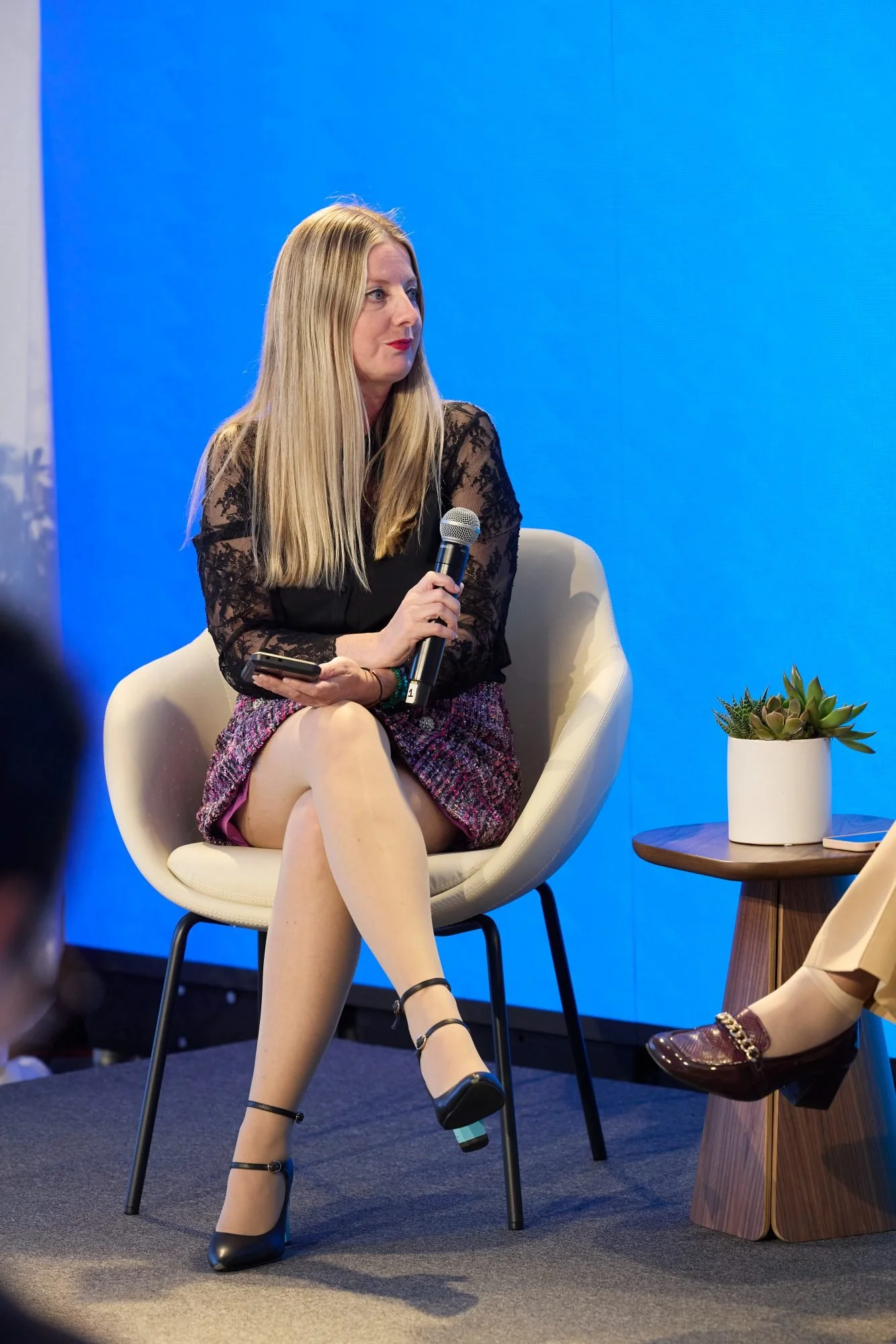



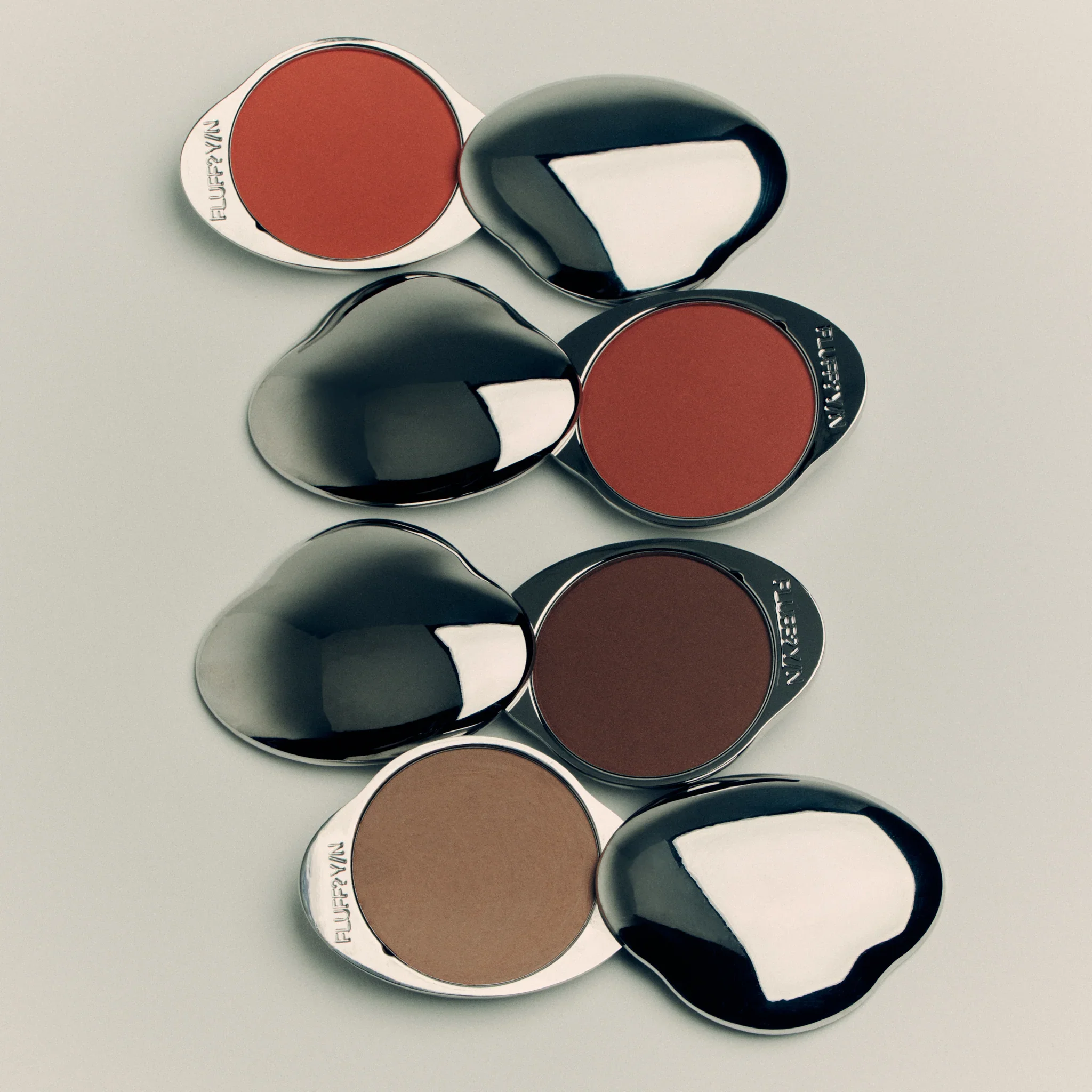

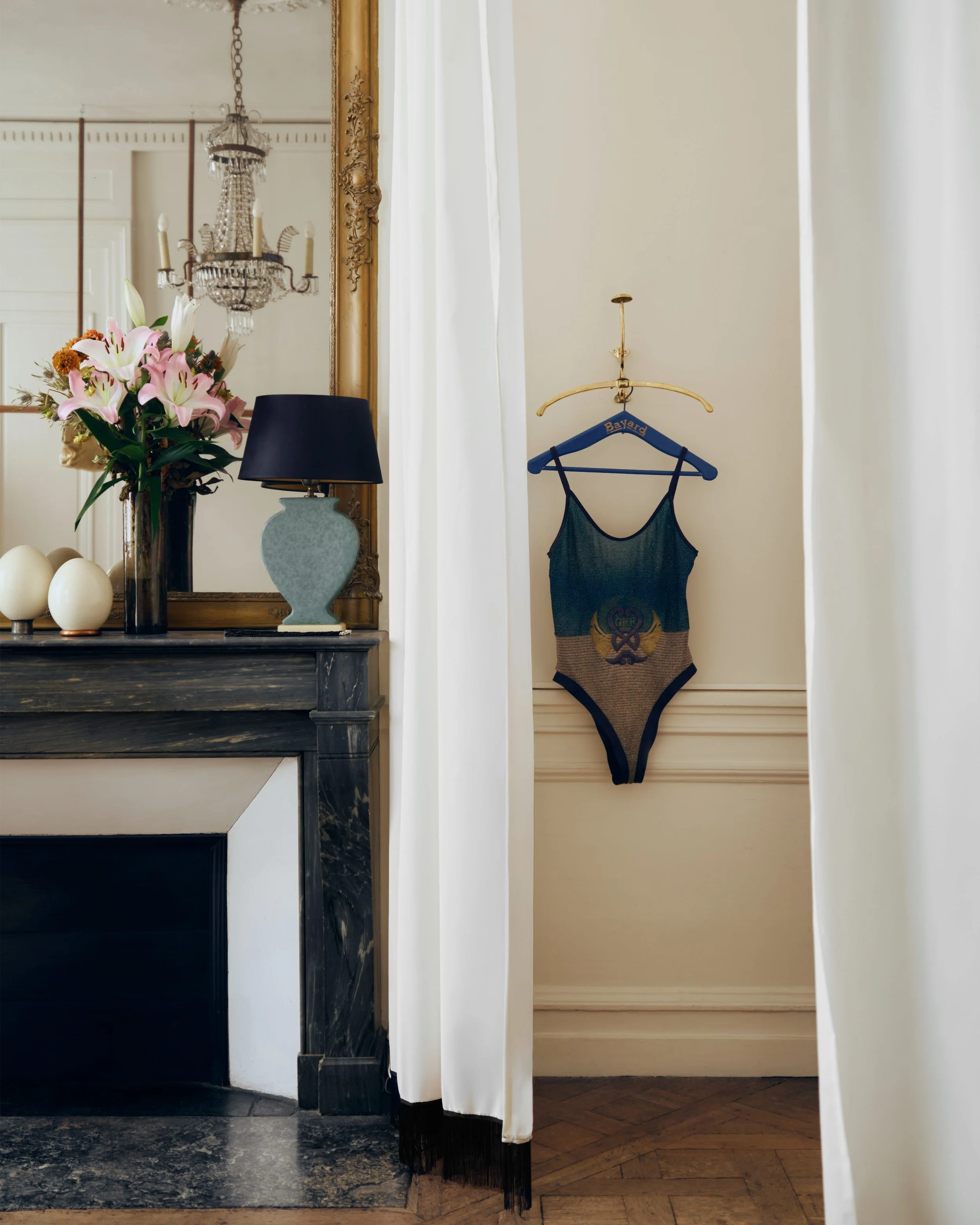



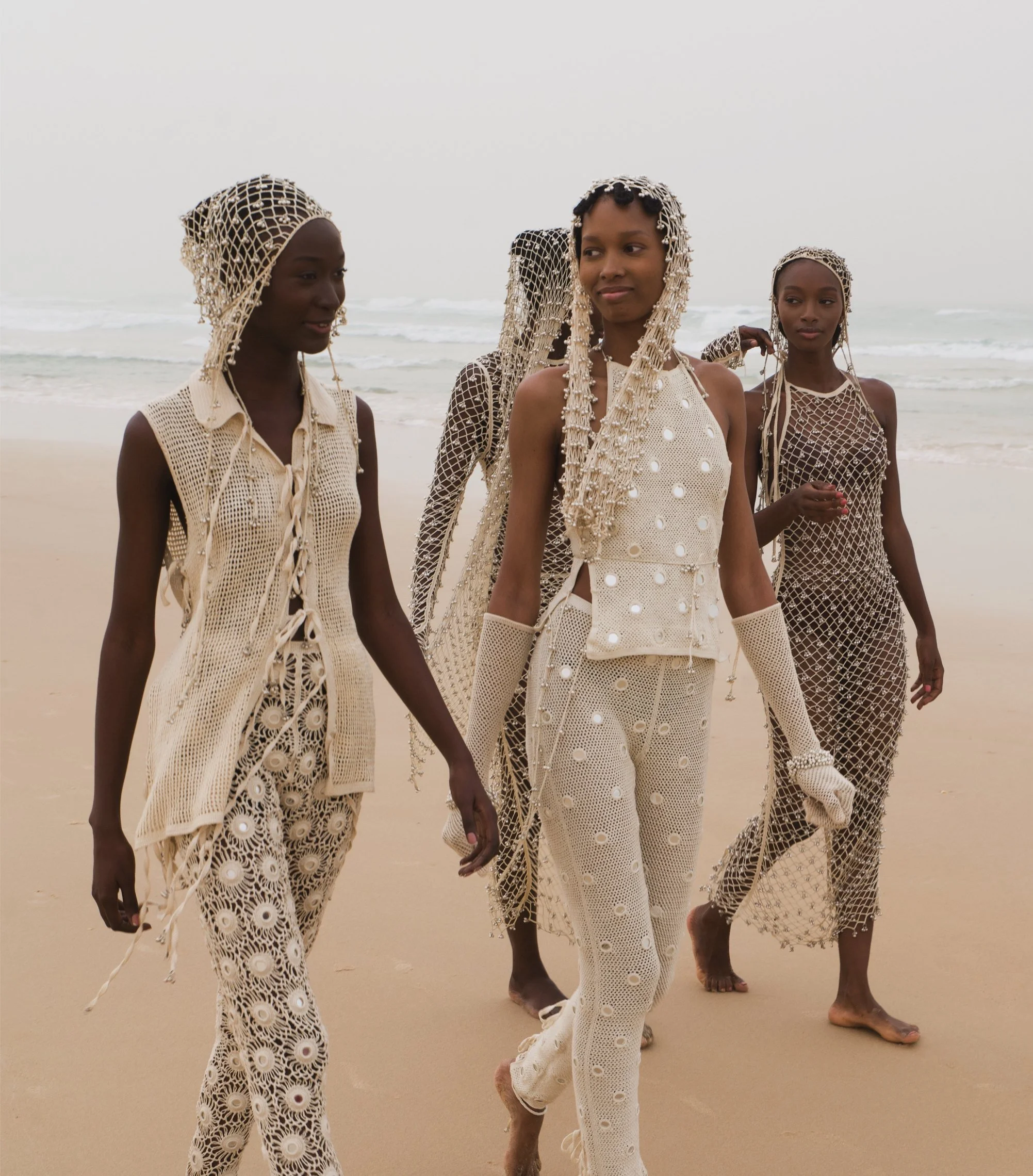

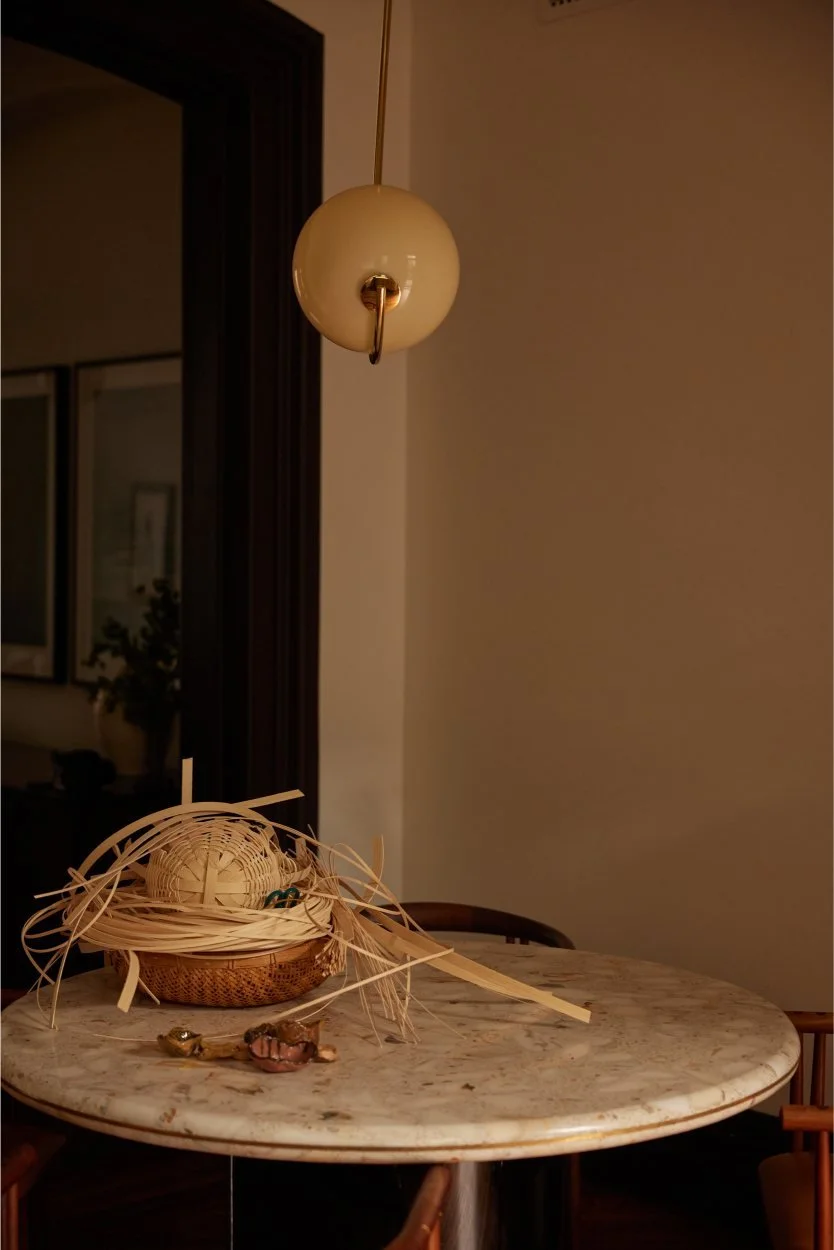
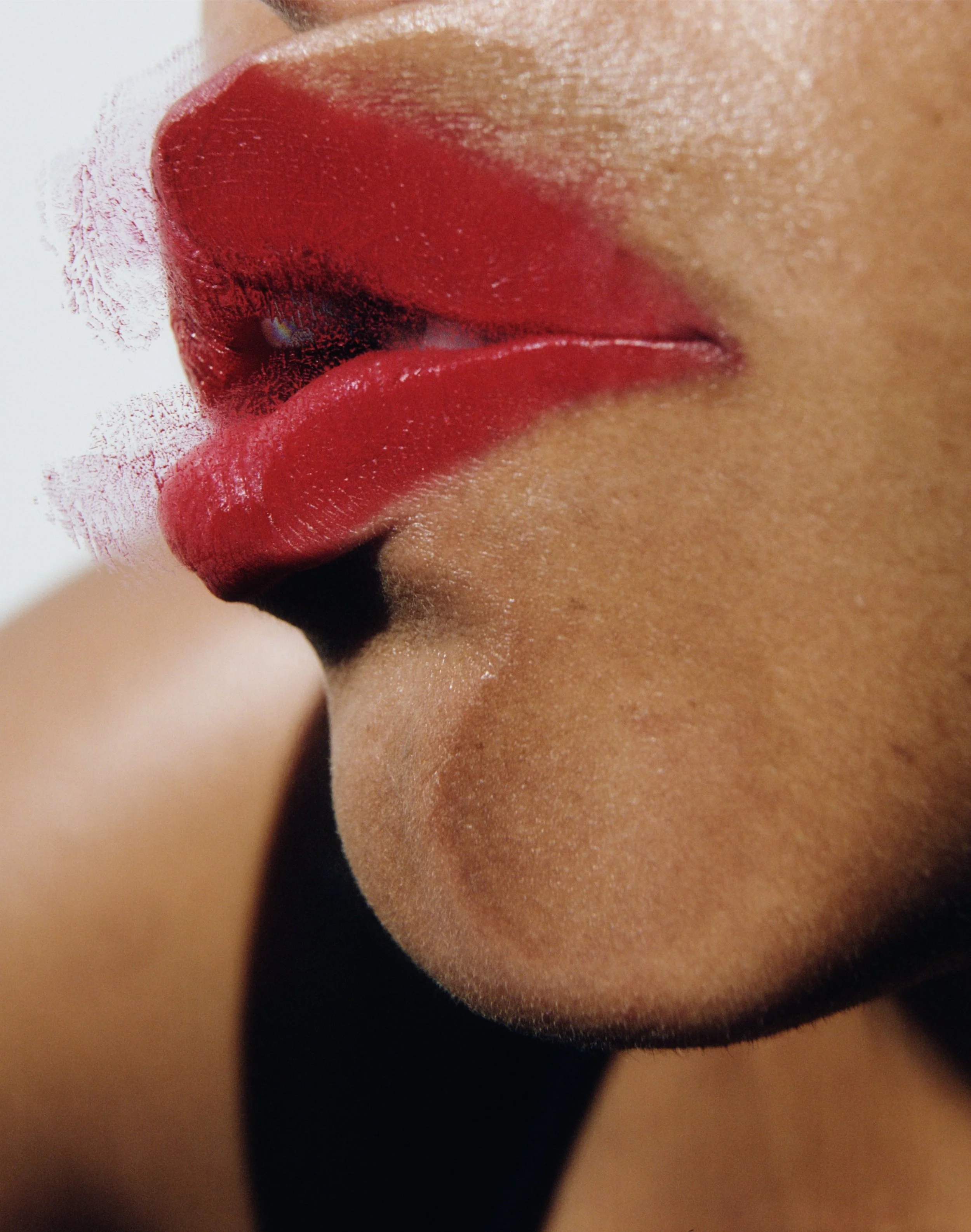

As many companies quietly scale back their sustainability efforts, Swedish brand Houdini Sportswear is proving that impact-led business models still outperform.